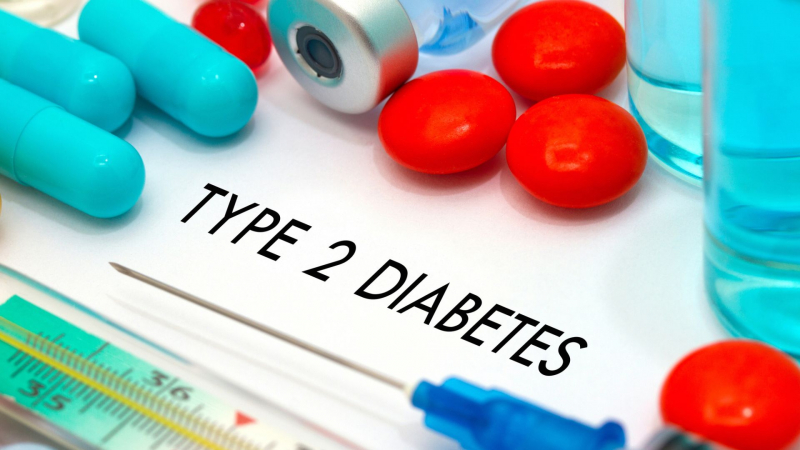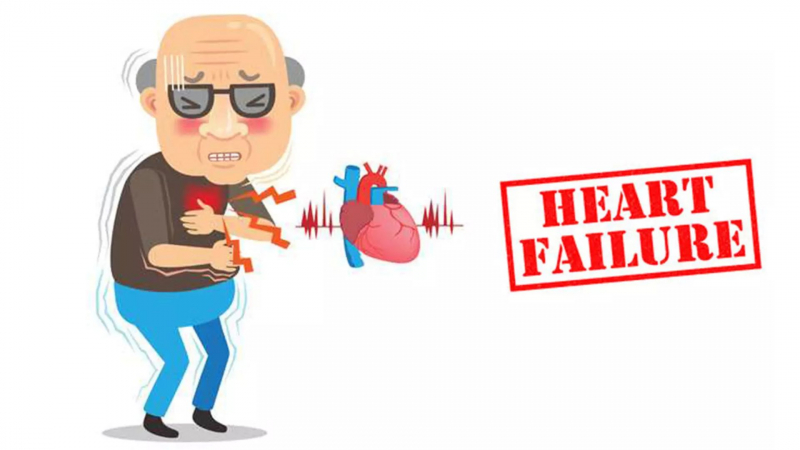Upsides

Along with diet modification and increased exercise, it may be used to treat type 2 diabetes.
It can also be used to lower the risk of heart failure hospitalization in people with type 2 diabetes who also have cardiovascular disease or risk factors for cardiovascular disease.
Farxiga is also approved to treat chronic kidney disease (CKD) in people with or without type 2 diabetes who are at risk of progression. This approval represents the most significant advance in the treatment of chronic kidney disease in over 20 years.
It is effective at lowering blood glucose levels, HbA1c, and body weight.
May be used in conjunction with other diabetes medications such as insulin, metformin, or sulfonylureas; however, the dosage of these medications may need to be reduced due to an increased risk of hypoglycemia with combination treatment.
In patients with an eGFR greater than 45 mL/min/1.73m2, no dosage adjustment is required.
In people with liver disease, no dosage adjustments are required; however, Farxiga has not been extensively studied in patients with severe liver disease.
Most Farxiga users lose between 2.6 and 2.7 kg of weight. Some people, however, may gain weight.
Farxiga is administered orally.








